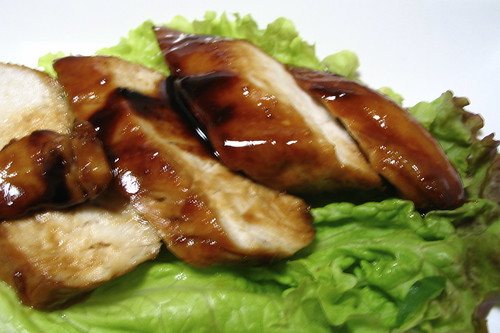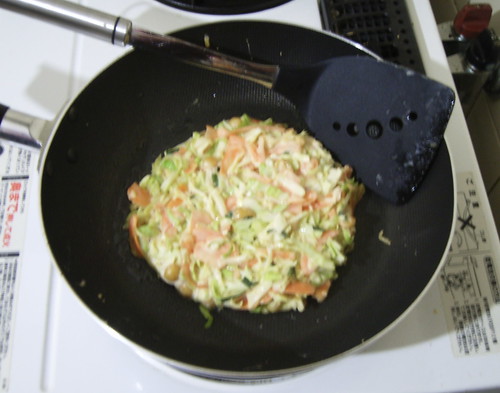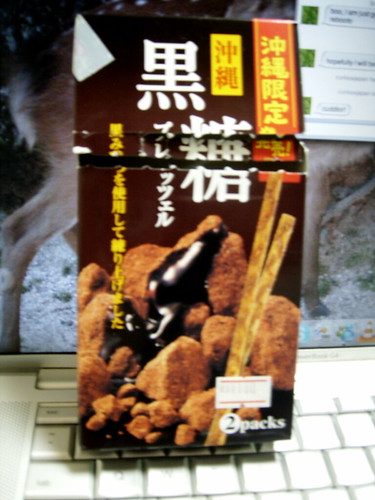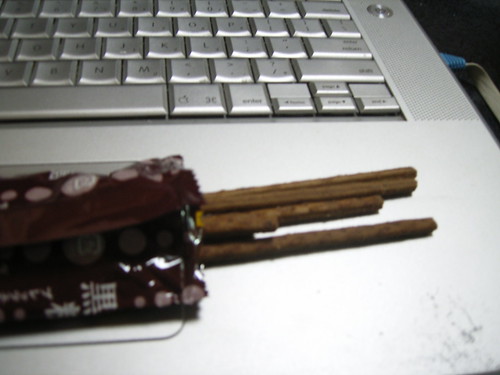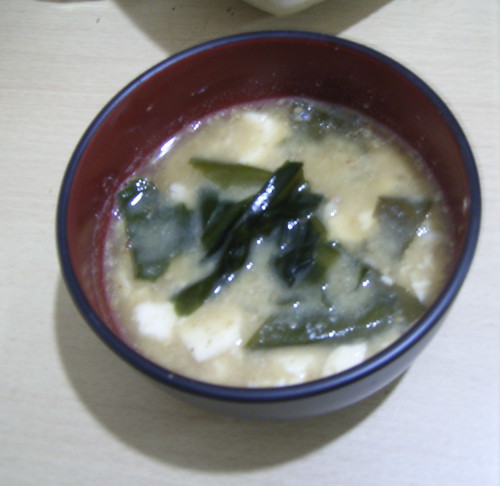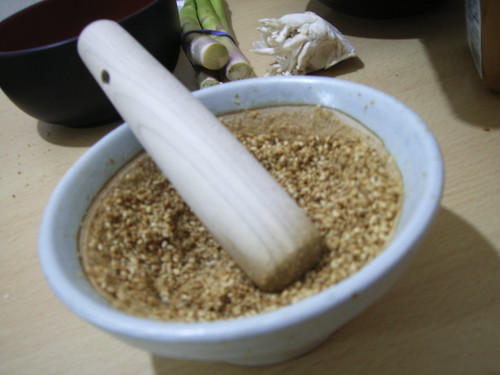Fried Tofu 油揚げ 豆腐
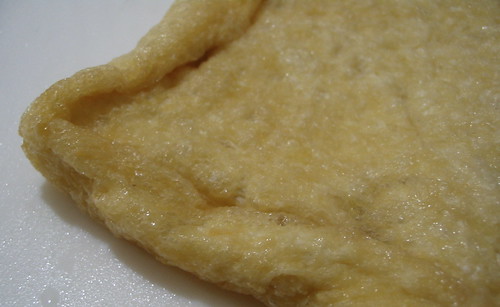
With that golden, withered skin aburaage tofu looks like it should be as crispy as fish & chips, but instead it's moist and floppy with a texture that reminds me somewhat of chewy french toast. It's a horrible scam, but I've come to love these thin slices of twice fried tofu anyway.
Allegedy a favorite food of the fox spirits kitsune, aburaage tofu is the key ingredient in kitsune udon and a frequent addition to other soups and nabe dishes. Specially cut aburage pouches are filled with rice to make inarizushi, or stuffed with other ingredients such as natto, vegetables or meats and re-fried.
If you want to give it a try, just cut off a few thin strips and add them to a bowl of miso soup. Most people suggest rinsing or simmering the tofu to remove excess oil, but I must confess that occaisionally I'm lazy and skip this step. Packets of aburaage live alongside the fresh tofu at every Japanese supermarket, often accompanied by their more block-shaped fried tofu cousin atsuage, and cost around 80yen per sheet.
Quick Vocabulary Lesson - abura (油) means oil and age (揚げ) means fried, thus aburaage tofu = tofu fried in oil. Learning the kanji for frying can help you identify all sorts of delicious treats at the izakaya, such as chicken kariage.
Further reading and recipes - Make a side dish with hijiki seaweed (scroll down), kitsune udon, a salad, or read about the history of aburaage on Wikipedia, if you're adventurous, you could even try making your own from fresh tofu or enjoy the slightly different agedashi tofu, fresh tofu that is battered, fried and served immediatly in a dashi broth.

